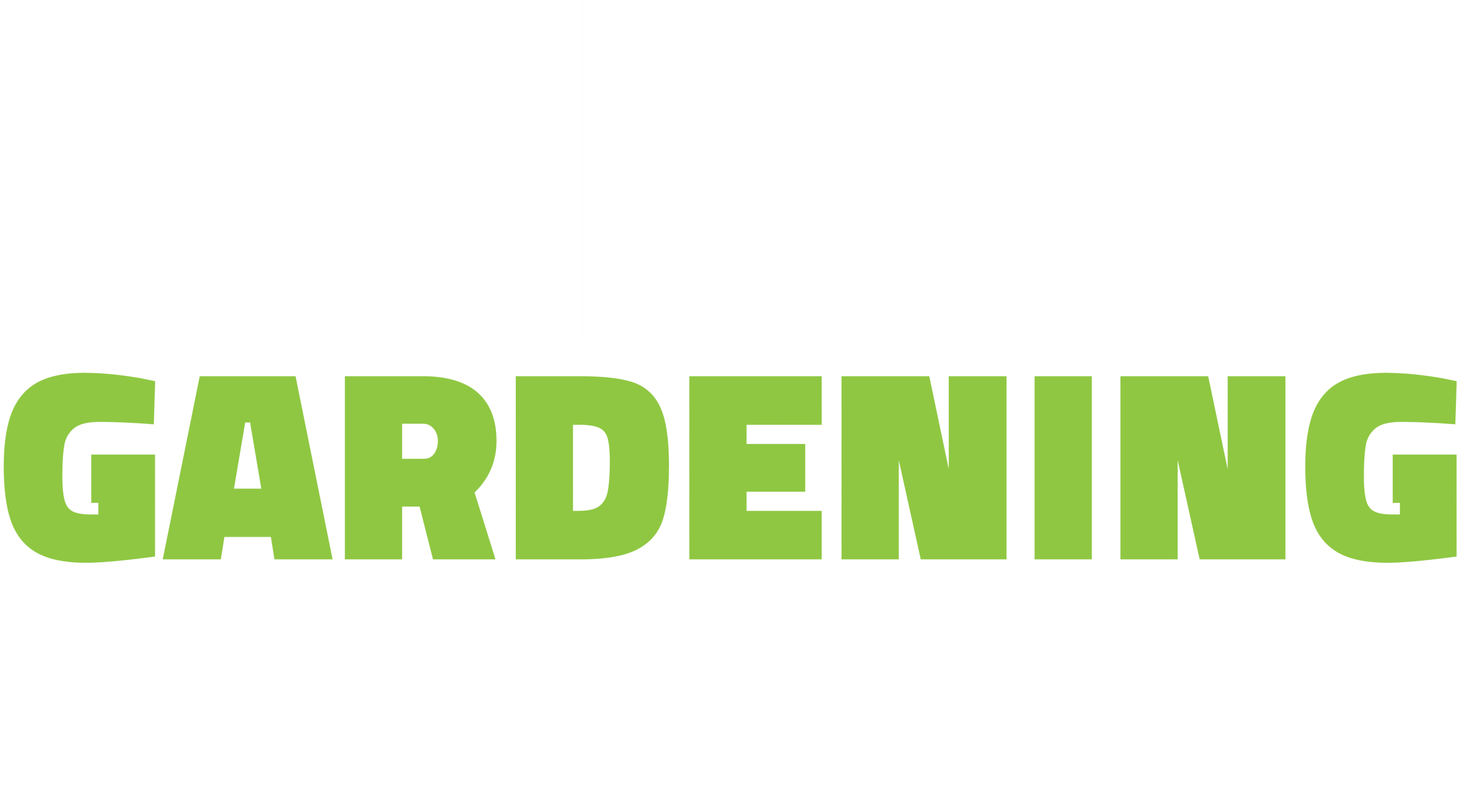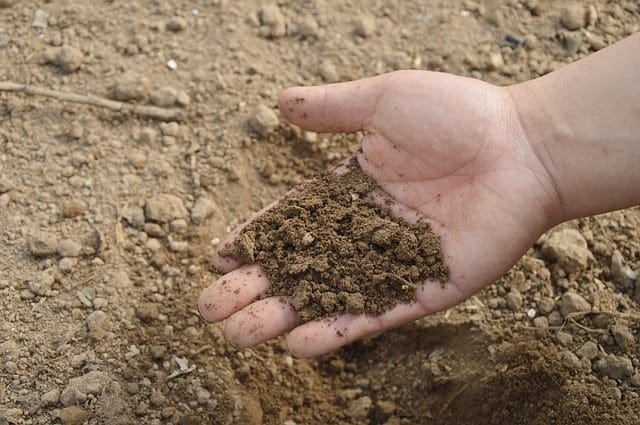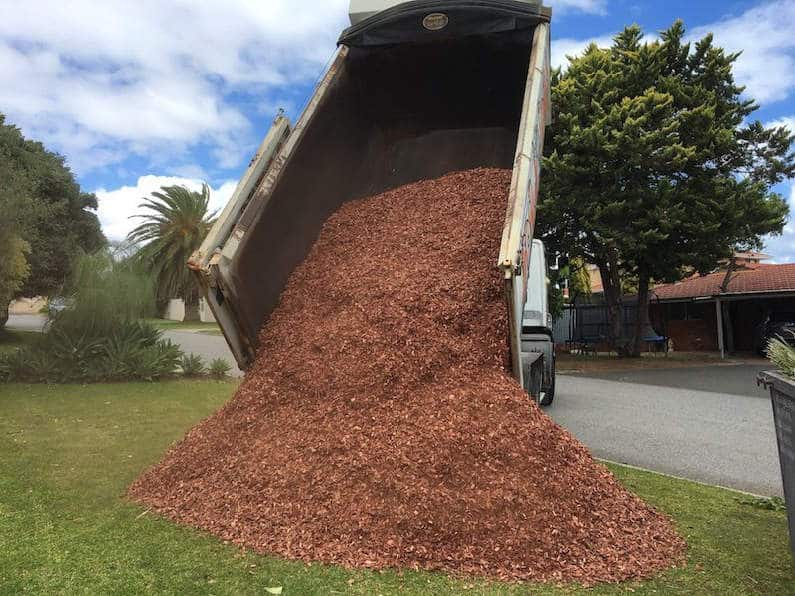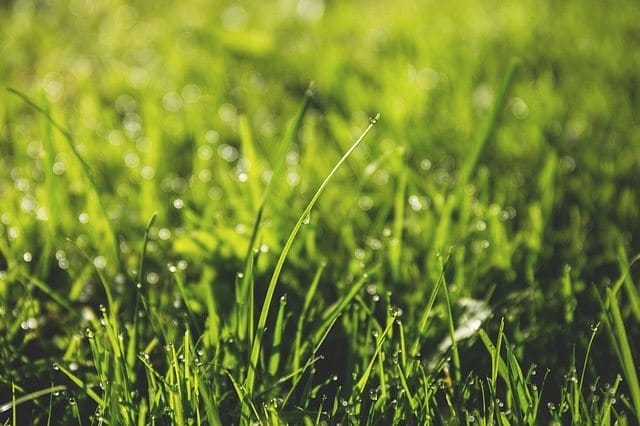
How to Check for Nutrient Deficiencies in Plants and Soil
The last thing us garden-proud, green thumb types want to find when out caring for our gardens, are leaves with yellow spots, stunted growth or curling leaves in plants that should be green and healthy! Obviously, something is wrong but what? And how do you know how to fix it?! A likely cause is nutrient deficiencies in plants and soil.
Nutrient Deficiencies in Plants and Soil
Nutrient deficiencies cause symptoms in our plants that signal nutrient problems. However, it’s not always a simple matter of racing out to buy truckloads of fertilisers and applying them with a vengeance. Other causes could be pests, cold, wind, heat, salinity, water stress… the list goes on.
Another important factor to consider is the role soil pH plays in plant nutrient deficiencies. By determining the measure of acidity or alkalinity, you can figure out what exactly your soil needs to improve it to balance out the pH and save your plants.
Soil pH
The pH scale ranges from 0 -14, with 7 being neutral. Above 7 is alkaline, and below indicates acidic soil. Our Western Australian soils tend to have a pH range of 4 – 8.5, with soils in metropolitan areas being more alkaline as they are nearer the limestone-based coastal sands. Once you head inland or around more agricultural areas, the soil will become more naturally acidic. In home gardens that use mineral fertilisers frequently, the soil pH may have become acidic.
What Does This Mean for My Plants?
In short, soil pH determines the nutrient availability to your garden, as at certain pH levels some nutrients can get ‘stuck’ in the soil and never make it to your plants.
- Acidic soils can lead to deficiencies in calcium, magnesium, phosphorous, and molybdenum – as well as causing toxic levels of manganese and aluminium.
- Alkaline soils can result in iron, manganese, copper, boron and zinc deficiencies.
Most plants need neutral soil, pH level 7, to thrive, while some are more suited to a very specific level, so need a more acidic or alkaline soil pH to survive. Check the needs of the plant which is showing symptoms, and either test the soil yourself to see if it is the right pH, or get an landscaping expert in.
Symptoms of Nutrient Deficiency in Plants
1- When symptoms show in the oldest leaves first – as the plant will direct nutrients to the younger shoots to try and stay alive.
Macronutrients:
- Nitrogen deficiency – premature maternity, leaves yellowing and turning pale green, stunting
- Phosphorus deficiency – Spindly erect habit, stunted growth, dull blue-green to purple colours in leaves, followed by yellowing
- Potassium deficiency – leaf margins and tips with yellowing spots, scorched margins, thin short stalks and poor bud formation
- Magnesium deficiency – patchy yellowing and/or brilliant colouring around the margins of leaves, cupped tips and margins, yellow spots increasing to brown then dying of the leaf
Micronutrients:
- Molybdenum deficiency – pale mottling over the whole leaf, leaf margin burn, and occasionally stem distortion
2- When symptoms appear in the oldest and youngest leaves – indiscriminately.
- Manganese deficiency– pale green feathery veins, interveinal yellowing, while some plants can show water-soaked spots that get worse in cloudy weather
3- When symptoms show in the youngest leaves first.
Macronutrients:
- Calcium deficiency – pale cupped leaves, curling over of the leaf tips, blackening and death of leaves. The other parts of the plant will also start to show damage
- Sulphur deficiency – paler and smaller leaves that roll down with some pigmentation
Micronutrients:
- Iron deficiency – Interveinal yellowing, sharply green veins, youngest leaves almost white when the case is severe. This can be common in Perth in areas with alkaline soils/water
- Copper deficiency – dark blue-green, curling and twisting of leaf tips, distortion and smaller growth than typical
- Zinc deficiency – small leaves, bunching, shortened distorted stems, or yellow-white interveinal mottling. Can be common in high-pH areas
- Boron deficiency – shrivelled leaf and shoot tips and crinkled interveinal areas
How to Test Your Soil pH
The best time to test is in Autumn while the soil is relatively dry, has less organic materials and gives you time to adjust levels before the next growing season (Spring).
You can buy soil test kits from most garden centres for a fairly low cost and get a rough reading, or take a soil sample to a soil lab or nursery which offers this service.
- Don’t mix soil types and use clean containers
- Take the sample from the top 20cm and try to avoid getting roots and weeds
- Choose at least 5 spots in the area you wish to test and mix the soils to get an average reading
- Do not do this after heavy rain, watering or less than 3-4 weeks after fertilising.
Once you have tested your soil and used the reading to determine the root cause of the problem, correcting it is usually a matter of using iron sulphate to increase, or lime to increase the pH.
Acid soils:
To increase the pH by one point, apply dolomite lime at 100 g/m2 for sandy soils, and up to 250 g/m2 for clay. This is a long process and probably won’t show noticeable change for up to 2-3 months.
Alkaline soils:
Decrease the pH by adding iron sulphate – in the amount as shown in the label instructions. This method is almost immediate in comparison to the lime.
Now you have done all this hard work it becomes a matter of maintenance, careful application of the right fertilisers, and monitoring the soil pH.
Check out our blog post for information on choosing the right fertilisers based on your plants, location and soil.
Fixing Nutrient Deficiency of Plants
If identifying nutrient deficiencies in plants and soil in your garden sounds like more hard work than you have time for, give us a call and our expert landscape gardeners will sort you out.
They can test the soil for you, recommend the right fertilisers and maintenance schedule – or just do it all for you! What could be easier?
Have a healthy green garden year-round, contact us to get Perth Gardening on the job!





